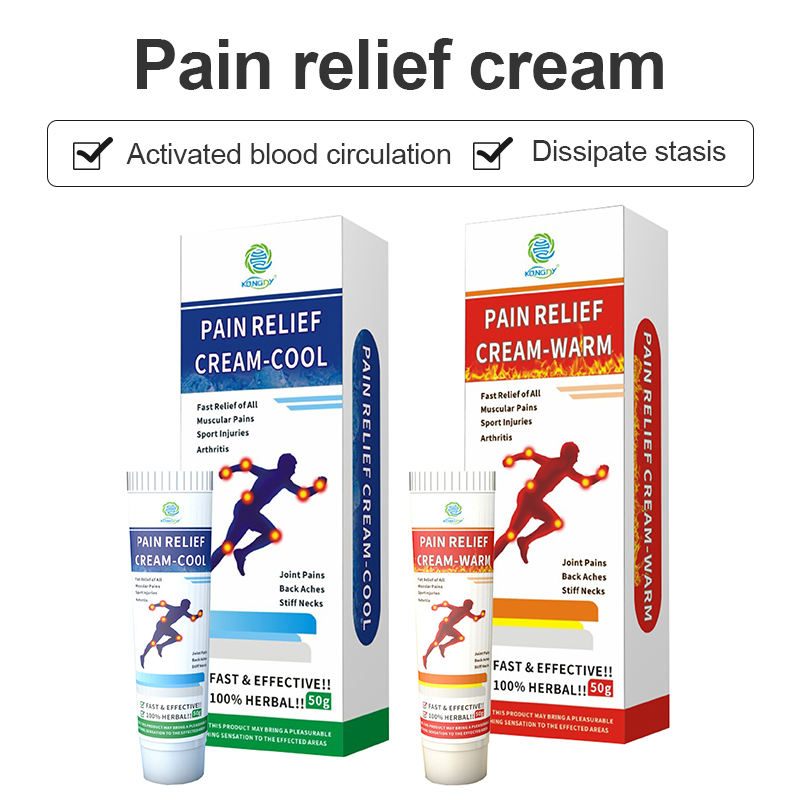Pain relief creams have gained popularity as an accessible and convenient method for managing various types of discomfort. But what makes these topical treatments effective, and how do they work on a physiological level? Understanding the science behind pain relief creams can help users make informed decisions about their pain management strategies.
At the core of pain relief cream effectiveness is the concept of transdermal absorption. When applied to the skin, the active ingredients in these creams penetrate the epidermis and dermis, reaching the underlying tissues where pain and inflammation occur. This direct delivery system allows for targeted treatment without the need for the ingredients to pass through the digestive system or bloodstream, potentially reducing systemic side effects.
Many pain relief creams rely on counterirritants as their primary active ingredients. Substances like menthol and camphor create sensations of cold or heat that effectively “distract” the nervous system from pain signals. This phenomenon, known as gate control theory, suggests that these sensory inputs can temporarily block pain transmission to the brain, providing relief.

Another common mechanism involves the use of non-steroidal anti-inflammatory drugs (NSAIDs) in topical form. Ingredients like diclofenac or ibuprofen work by inhibiting the production of prostaglandins, compounds responsible for inflammation and pain. When applied topically, these NSAIDs can provide localized anti-inflammatory effects without the gastric irritation often associated with oral NSAID use.
Some advanced formulations incorporate ingredients that modulate pain receptors directly. Capsaicin, derived from chili peppers, depletes substance P, a neurotransmitter involved in pain signaling. With repeated use, this can lead to desensitization of pain receptors in the applied area, offering longer-term relief for chronic conditions.
The efficacy of pain relief creams can also be attributed to their moisturizing properties. Well-hydrated skin is more permeable, allowing for better absorption of active ingredients. Additionally, the act of massaging the cream into the skin can improve local circulation, potentially aiding in the reduction of muscle tension and promoting healing.
As research in this field progresses, new technologies are emerging to enhance the effectiveness of pain relief creams. Developments in nanotechnology and penetration enhancers are improving the delivery of active ingredients, while time-release formulations are extending the duration of relief provided by these topical treatments.
In conclusion, the science behind pain relief creams reveals a multifaceted approach to managing discomfort. By leveraging various physiological mechanisms and advanced formulation techniques, these topical treatments offer a promising option for those seeking effective, targeted pain relief.






